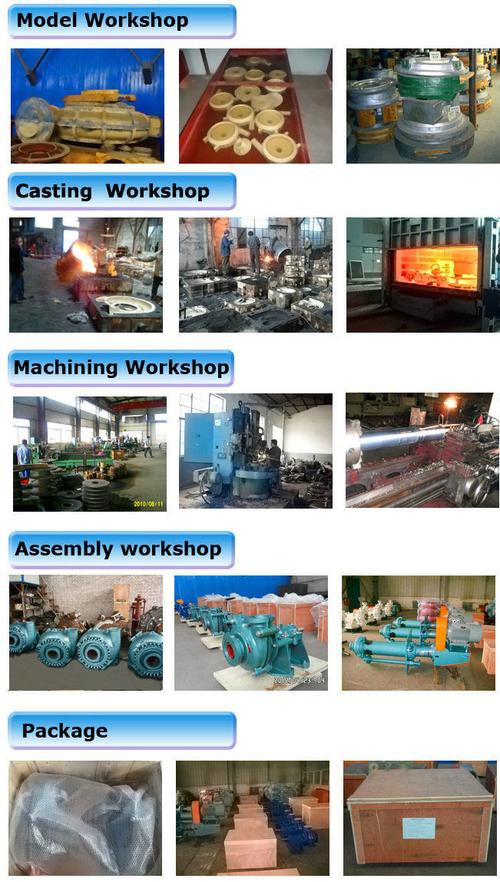Sand Pumping: A Comprehensive Guide
Have you ever wondered what sand pumping is and how it is used in various industries? Sand pumping is a process that involves the transportation of sand from one location to another. It is a crucial technique in construction, mining, and environmental restoration projects. In this article, we will delve into the details of sand pumping, its applications, and the equipment used in the process.
What is Sand Pumping?
Sand pumping is the method of transporting sand through a pipeline. It is commonly used to move sand from a source, such as a sand pit or a riverbed, to a destination, such as a construction site or a beach. The process involves the use of specialized equipment, such as sand pumps and conveyors, to ensure efficient and safe transportation.
Applications of Sand Pumping
Sand pumping has a wide range of applications across different industries. Here are some of the most common uses:
-
Construction: Sand is a fundamental ingredient in concrete, asphalt, and other construction materials. Sand pumping is used to deliver sand to construction sites, ensuring a steady supply for these projects.
-
Environmental Restoration: Sand pumping is used to restore beaches, dunes, and other coastal areas. It helps to replenish eroded sand and maintain the natural landscape.
-
Water Treatment: Sand is used in water filtration systems to remove impurities. Sand pumping is employed to transport sand to water treatment plants.

-
Drilling: In the oil and gas industry, sand pumping is used to maintain the integrity of wellbores. It helps to prevent sand from entering the well and causing damage.
Types of Sand Pumps
There are several types of sand pumps available for sand pumping applications. Each type has its unique features and advantages. Here are some of the most common sand pumps:
-
Submersible Pumps: These pumps are designed to be submerged in water or other liquids. They are ideal for pumping sand in wet conditions and are commonly used in construction and environmental restoration projects.
-
Horizontal Pumps: Horizontal pumps are designed for horizontal installation and are suitable for pumping sand over long distances. They are often used in mining and water treatment applications.
-
Vertical Pumps: Vertical pumps are designed for vertical installation and are suitable for pumping sand at high altitudes. They are commonly used in drilling operations.
-
Diaphragm Pumps: Diaphragm pumps use a flexible diaphragm to create a vacuum, which helps to move sand through the pipeline. They are ideal for pumping abrasive materials and are commonly used in mining and water treatment applications.
Equipment Used in Sand Pumping
Several pieces of equipment are used in the sand pumping process. Here is a list of some of the essential equipment:
-
Sand Pumps: As mentioned earlier, sand pumps are the core equipment used in the sand pumping process. They come in various types and sizes, depending on the application.
-
Conveyors: Conveyors are used to transport sand from the source to the pump. They can be belt conveyors, screw conveyors, or bucket conveyors, depending on the specific requirements of the project.
-
Pipeline: Pipelines are used to transport sand from the source to the destination. They are made of various materials, such as steel, plastic, or concrete, depending on the application and environmental conditions.
-
Control Systems: Control systems are used to monitor and control the sand pumping process. They can be manual or automated, depending on the complexity of the project.
Challenges and Solutions in Sand Pumping
While sand pumping is a crucial process in various industries, it also comes with its own set of challenges. Here are some of the common challenges and their solutions:
-
Corrosion: Sand can cause corrosion in pipelines and other equipment. To mitigate this, anti-corrosion coatings and materials are used.
-
Plugging: Sand particles can sometimes plug the pipeline, causing a halt in the pumping process. To prevent plugging, screeners and separators are used to remove large particles from the sand before it enters the pipeline.
-
Energy Consumption:












